Gluten /Wheat Intolerance: Symptoms, Diagnosis, and Managing Your Diet


Related products
Gluten and wheat intolerance are increasingly common conditions affecting millions worldwide. While often used interchangeably, they are distinct issues with unique causes and symptoms. Understanding the difference is crucial for effective management and a better quality of life. In this article, we will explore the symptoms, causes, diagnosis, and treatment options for gluten and wheat intolerance, along with dietary tips and lifestyle adjustments. People who suffer from hay fever may be more susceptible to other allergies, including food intolerances such as gluten and wheat. Often, individuals with hayfever experience similar immune responses to airborne allergens, and these sensitivities can extend to foods, including gluten and wheat. In this article, we will explore the symptoms, causes, diagnosis, and treatment options for gluten and wheat intolerance, along with dietary tips and lifestyle adjustments to help you manage these conditions effectively.
If you suspect you may have gluten or wheat intolerance, starting with comprehensive testing can provide clarity. You can explore Intolerance Tests collection to begin understanding your sensitivities to these allergens and get a proper diagnosis.
What is Gluten and Wheat Intolerance?
Gluten Intolerance (Non-Celiac Gluten Sensitivity)
Gluten intolerance, also known as non-celiac gluten sensitivity (NCGS), is a condition in which individuals experience symptoms after consuming gluten, a protein found in wheat, barley, and rye. Unlike celiac disease, gluten intolerance does not involve an autoimmune response or intestinal damage but can cause significant discomfort.
Wheat Intolerance (Wheat Sensitivity)
Wheat intolerance, on the other hand, refers to an adverse reaction to wheat proteins, which may include gluten and other components of wheat. This condition differs from a wheat allergy, which involves an immune system response and can be life-threatening.
Symptoms of Gluten and Wheat Intolerance
Both conditions can manifest with a variety of symptoms, which can make diagnosis challenging. Common symptoms include:
-
Digestive issues: Bloating, gas, diarrhea, constipation, and stomach cramps.
-
Fatigue: Many individuals report feeling extremely tired after consuming gluten or wheat.
-
Headaches and migraines: Recurring headaches may be linked to gluten consumption.
-
Brain fog: Difficulty concentrating and memory problems are common.
-
Joint and muscle pain: Some people experience inflammation and pain.
-
Skin issues: Rashes, eczema, and acne may be triggered by gluten.
-
Mood disorders: Anxiety and depression have been linked to gluten intolerance.
Causes of Gluten and Wheat Intolerance
The exact causes of gluten and wheat intolerance are not fully understood, but several factors may contribute:
Genetic Predisposition
Some individuals may have a genetic predisposition that makes them more likely to develop gluten or wheat intolerance.
Gut Health and Microbiome Imbalance
An imbalance in gut bacteria or increased intestinal permeability (leaky gut) may play a role in triggering intolerance symptoms.
Chronic Inflammation
Ongoing inflammation in the body can make it more sensitive to gluten and wheat proteins.
Stress and Autoimmune Conditions
Stress and other autoimmune conditions, such as Hashimoto’s thyroiditis, may increase the risk of gluten sensitivity.To investigate the role of environmental factors in intolerance, consider using the Environmental Intolerance Test to assess any sensitivities that could contribute to gluten or wheat issues.
Diagnosis: How to Identify Gluten and Wheat Intolerance
Diagnosing gluten or wheat intolerance can be complex. Here are some common methods:
Elimination Diet
The best way to identify an intolerance is to eliminate gluten and wheat from your diet for several weeks and then gradually reintroduce them while monitoring symptoms.
Blood Tests
While there is no specific test for gluten intolerance, blood tests can rule out celiac disease and wheat allergy. For a more comprehensive look at your health, consider the Combined Allergy and Intolerance Blood Test to assess both gluten and wheat sensitivities.
Food Sensitivity Testing
Some individuals opt for food sensitivity tests that measure immune reactions to various foods. The Food Sensitivity Test is an excellent option for detecting intolerances to gluten and wheat as well as other common food triggers.
Endoscopy and Biopsy
For suspected celiac disease, doctors may perform an endoscopy with a biopsy to check for intestinal damage.
Treatment and Management
While there is no cure for gluten or wheat intolerance, managing symptoms effectively is possible through dietary and lifestyle changes.
Adopting a Gluten-Free Diet
Eliminating gluten-containing foods such as bread, pasta, and baked goods is essential. Opt for naturally gluten-free foods like:
-
Fruits and vegetables
-
Meat and fish (unprocessed)
-
Dairy (if tolerated)
-
Legumes, nuts, and seeds
-
Gluten-free grains like quinoa, rice, and millet
Avoiding Hidden Gluten
Gluten is often hidden in processed foods, sauces, dressings, and even cosmetics. Reading labels carefully is crucial. To ensure you are on the right track, you can opt for Premium Intolerance Test to evaluate a broader range of food sensitivities.
Choosing Wheat-Free Alternatives
For those with wheat intolerance, choosing wheat-free products such as corn, buckwheat, and oat-based alternatives can help.
Supporting Gut Health
Maintaining a healthy gut can improve symptoms. Consider:
-
Probiotics: Beneficial bacteria can help restore gut balance.
-
Prebiotics: Foods like garlic, onions, and bananas support gut bacteria.
-
Anti-inflammatory foods: Turmeric, ginger, and leafy greens can reduce inflammation.
Managing Stress
Since stress can exacerbate symptoms, practicing mindfulness, yoga, and meditation can be beneficial.
Lifestyle Adjustments for Living with Gluten/Wheat Intolerance
Meal Planning
Planning meals in advance can help ensure access to safe, nutritious foods.
Dining Out
When eating out, inform restaurant staff about dietary restrictions and choose naturally gluten-free dishes.
Traveling with Gluten/Wheat Intolerance
Pack safe snacks and research gluten-free dining options at your destination.
Educating Family and Friends
Help loved ones understand your dietary needs to avoid accidental exposure.
Common Myths About Gluten and Wheat Intolerance
Myth 1: Gluten-Free Diets Are Just a Trend
While gluten-free diets have gained popularity, they are essential for individuals with gluten intolerance or celiac disease.
Myth 2: You Can Outgrow Gluten/Wheat Intolerance
Unlike some food allergies, gluten and wheat intolerance typically persist throughout life.
Myth 3: Only Celiac Disease Requires a Gluten-Free Diet
Even without celiac disease, individuals with gluten sensitivity can experience significant symptoms.
How Do You Know If You're Gluten Intolerant?
If you experience symptoms such as bloating, gas, diarrhea, fatigue, headaches, or brain fog after consuming gluten, you may be gluten intolerant. The best way to determine this is through an elimination diet, where you remove gluten from your diet for several weeks and then reintroduce it to see if symptoms return. Blood tests can rule out celiac disease and wheat allergy, but there is no definitive test for non-celiac gluten sensitivity.
Can You Suddenly Develop Gluten Intolerance?
Yes, gluten intolerance can develop at any stage of life. Factors like gut health, stress, infections, or autoimmune conditions may trigger sensitivity to gluten even if you've never had issues before. Some individuals notice symptoms after a significant illness or hormonal changes.
What Is Gluten Intolerance?
Gluten intolerance, or non-celiac gluten sensitivity (NCGS), is a condition where individuals experience negative reactions to gluten without having celiac disease. Unlike celiac disease, it does not cause damage to the intestines but can still lead to uncomfortable symptoms affecting digestion, cognition, skin, and overall well
Conclusion
Gluten and wheat intolerance can cause discomfort and impact daily life, but with the right knowledge and dietary adjustments, symptoms can be effectively managed. Whether through an elimination diet, avoiding hidden sources of gluten, or improving gut health, individuals can lead a healthy and fulfilling life. If you suspect you have gluten or wheat intolerance, consult a healthcare professional for proper guidance and diagnosis.








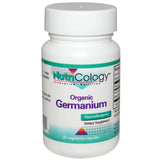
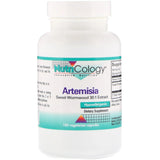



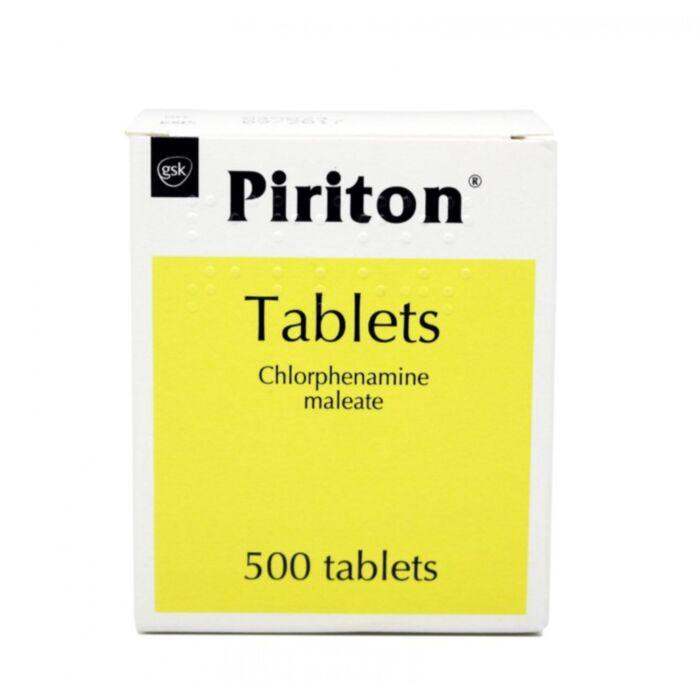

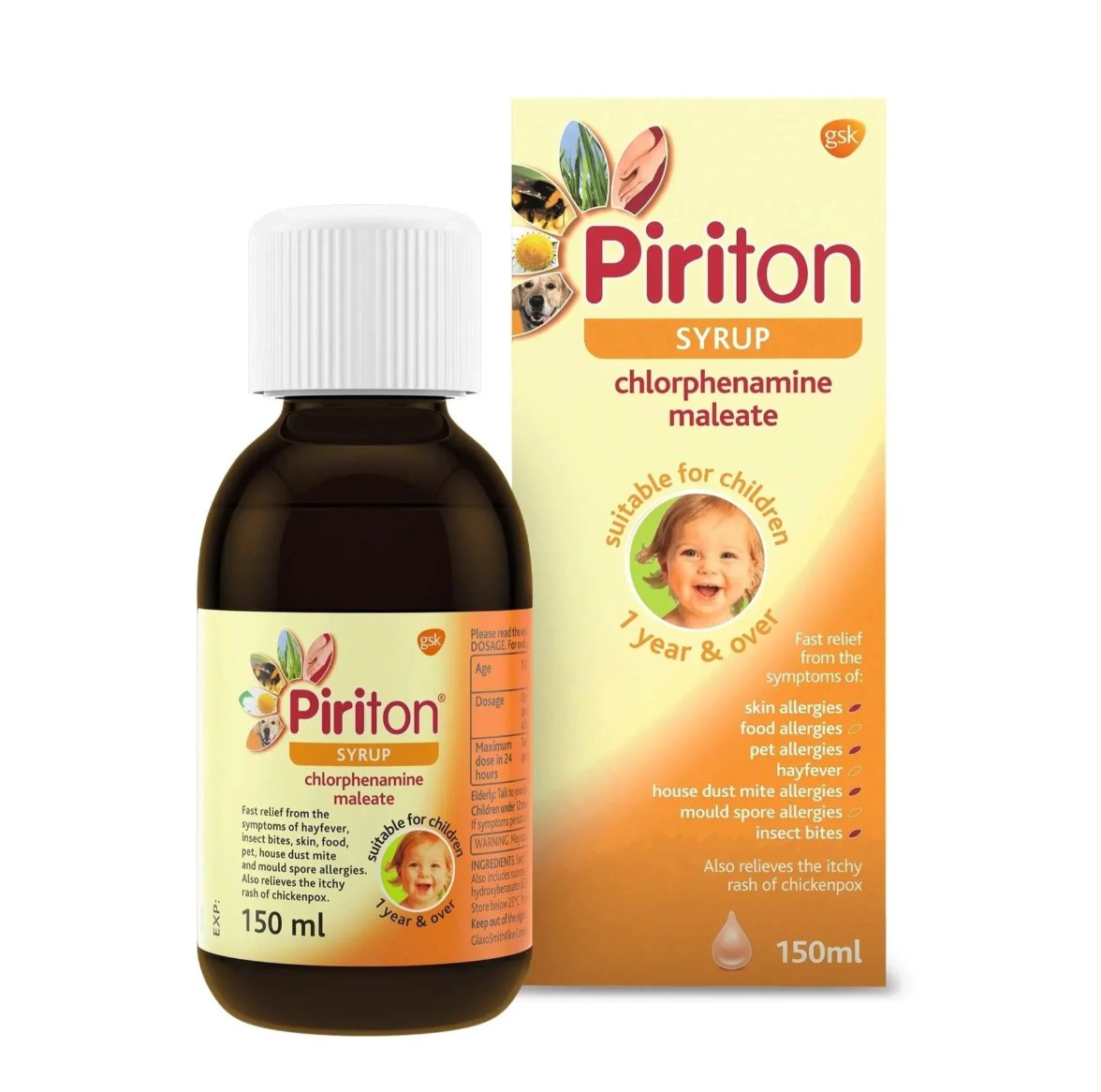
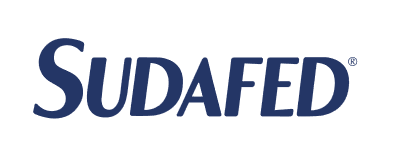








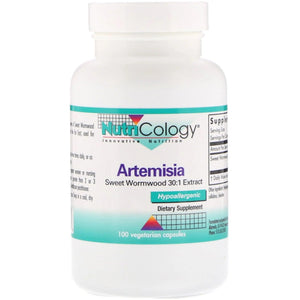



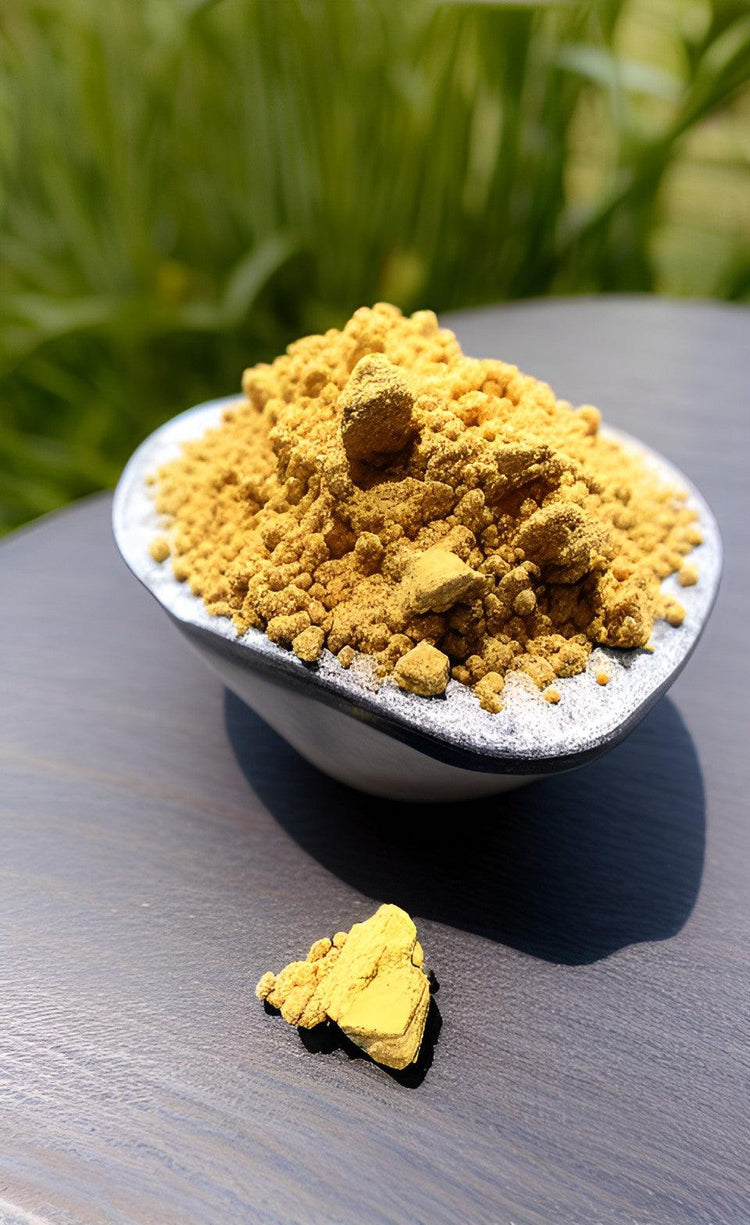
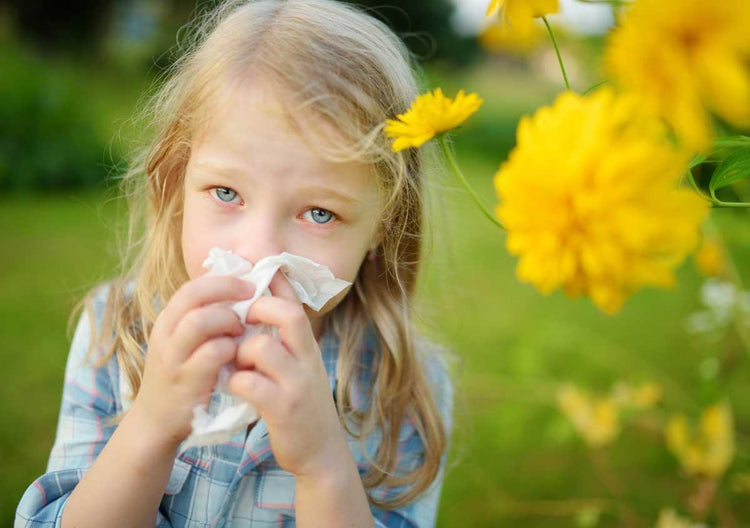
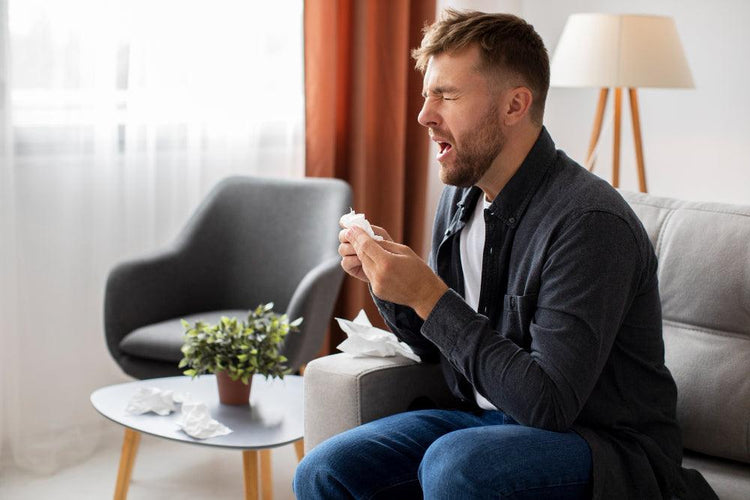

 Rated Excellent by 26,523+ Reviews
Rated Excellent by 26,523+ Reviews